Chinese enterprises saw a 4.3 percent year-on-year increase in sales revenue in April, data from State Taxation Administration (STA) showed on Wednesday, as export-oriented firms shifted to domestic sales to hedge against uncertainties from US tariff policies.
The result continued the steady growth trend seen since the fourth quarter of last year, reflecting the ongoing impact of a package of existing and new policies introduced since late September 2024, which have helped support economic recovery and improvement, the STA said.
By promoting the integrated development of foreign and domestic markets to defuse foreign trade risks, in April, Chinese exporters saw domestic market sales rise by 4.7% year-on-year, and the share of domestic sales in total sales up by 2 percentage points compared to the first quarter of 2025.
Among 31 major manufacturing categories, US-exporting firms in 21 categories recorded a higher share of domestic sales compared to the same period last year, including fur, footwear, computer and communication equipment, ferrous metals, furniture, and food, the STA said.
The STA also highlighted the important role of industry and the development of new quality productive forces. In April, sales revenue of industrial enterprises increased by 3.7 percent year-on-year, with manufacturing sales up 4.4 percent. The development of new quality productive forces accelerated, with high-tech industries posting year-on-year sales growth of 15.3 percent, while core digital economy sectors grew by 13.4 percent.
Notably, construction industry sales revenue rose 6.5 percent year-on-year in April, with civil engineering construction—and indicator of infrastructure investment—up 11.6 percent, driven by favorable factors such as warmer weather and timely project funding, according to the STA.
Faster growth among China's eastern region was highlighted in April, with the sales revenue rising 4.8 percent year-on-year. Several major economic provinces and municipalities--Zhejiang, up 7.3 percent, Guangdong, up 6.6 percent, and Beijing, up 5.4 percent--significantly above the national average. Supported by innovative sectors such as artificial intelligence, industries like equipment manufacturing and high-tech reported accelerated development, the STA noted.








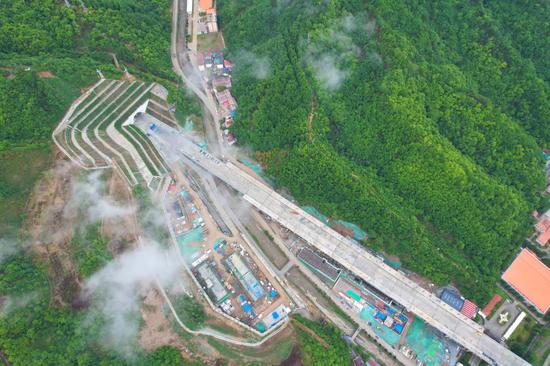



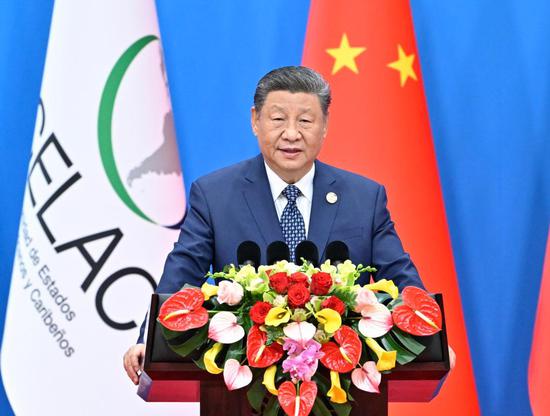




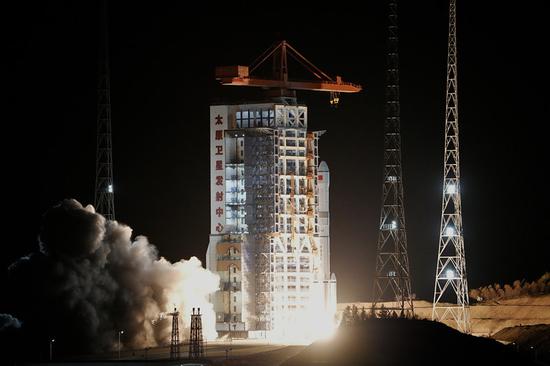
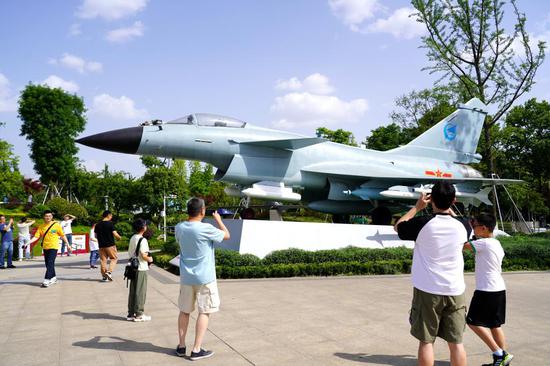



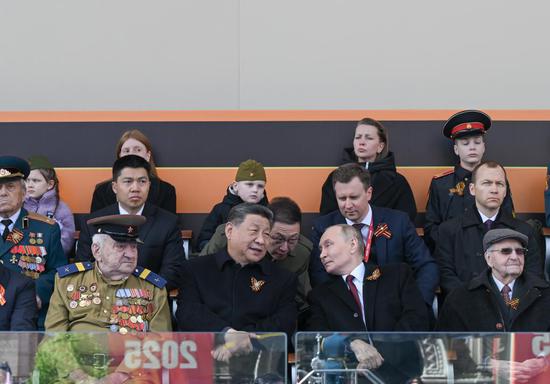
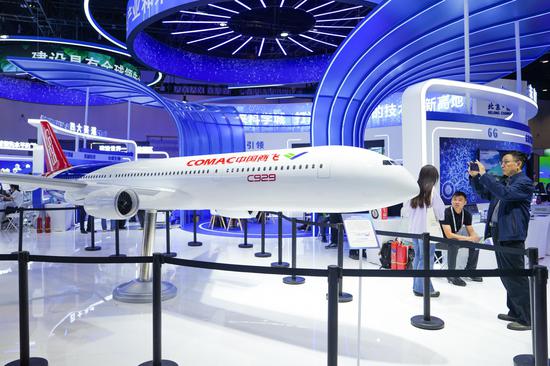
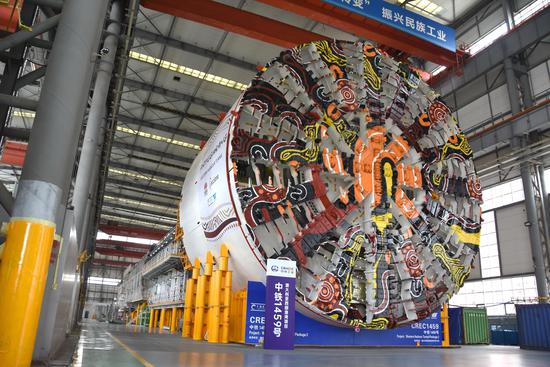
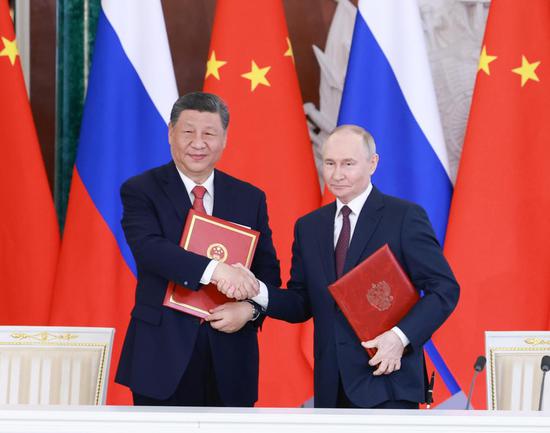

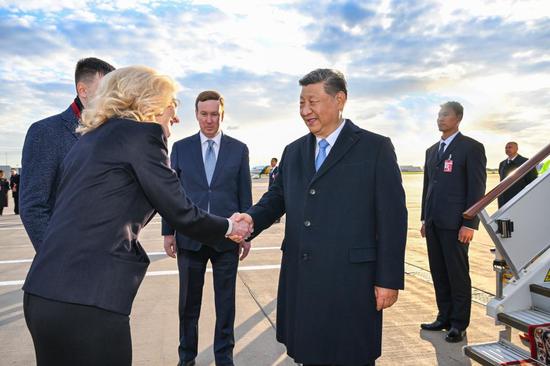

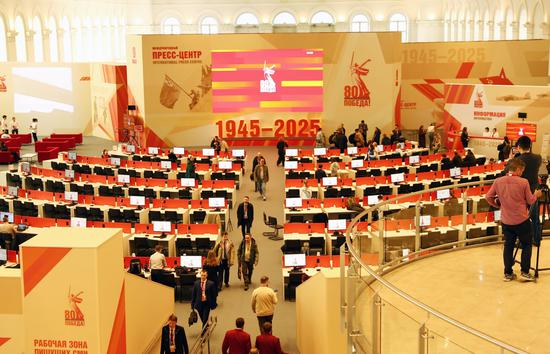


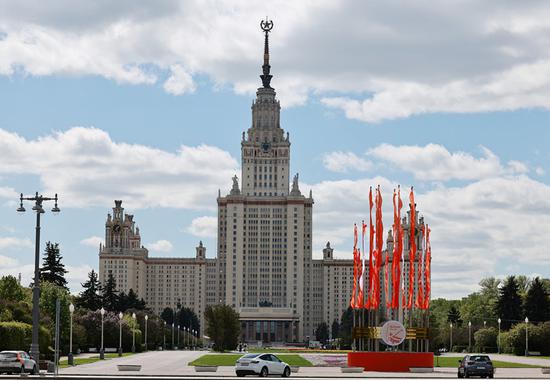



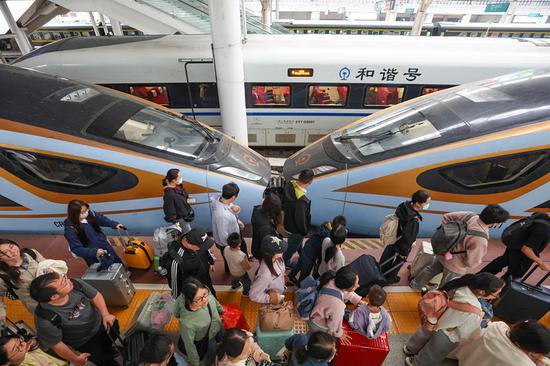
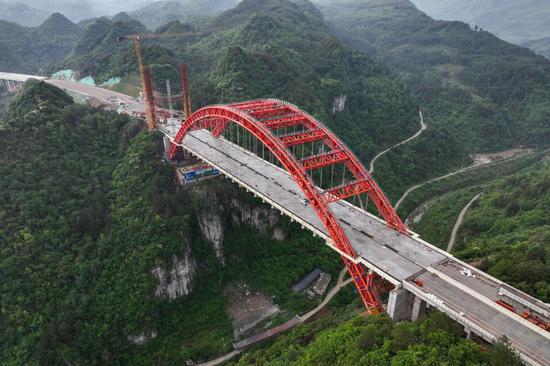

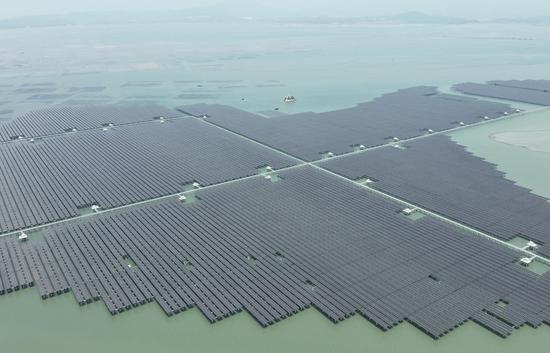
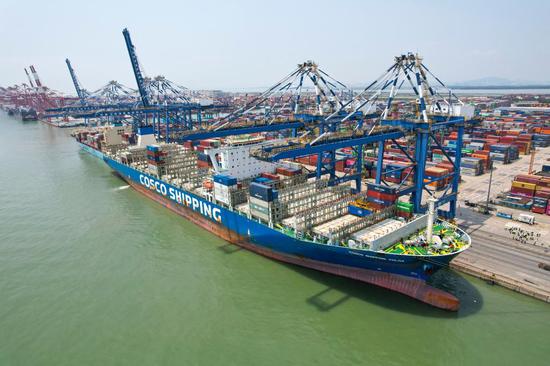

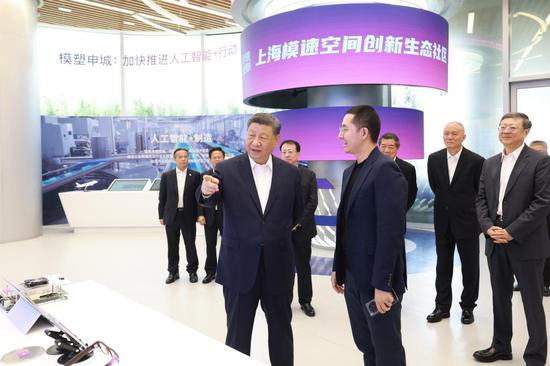







 京公網安備 11010202009201號
京公網安備 11010202009201號